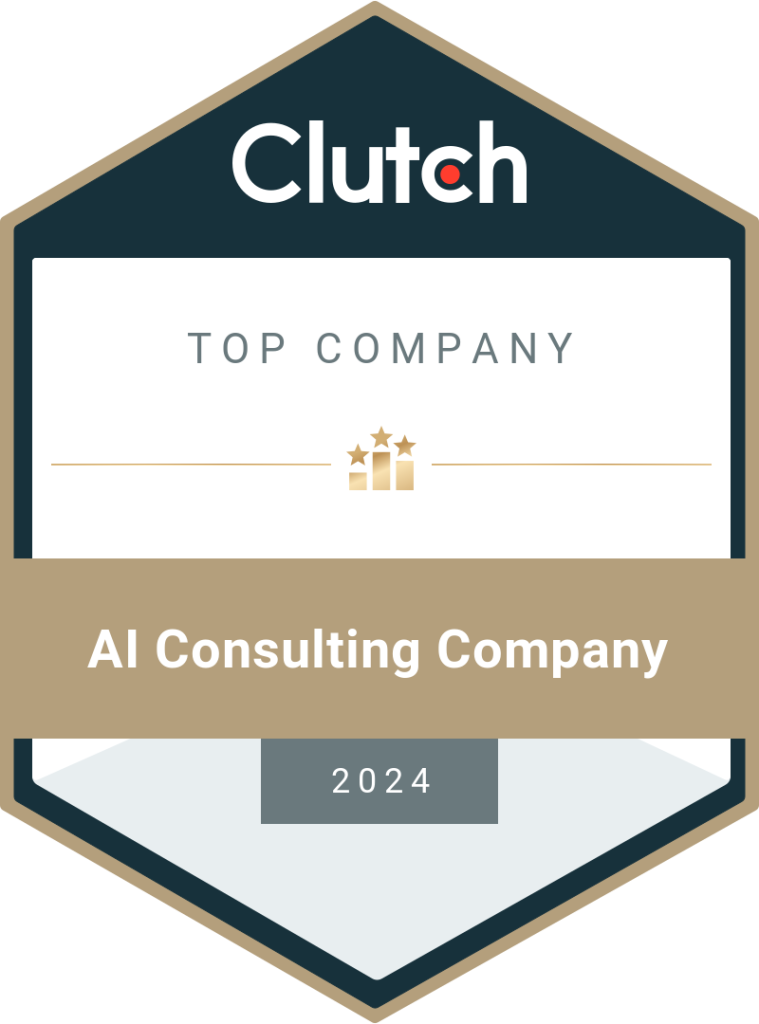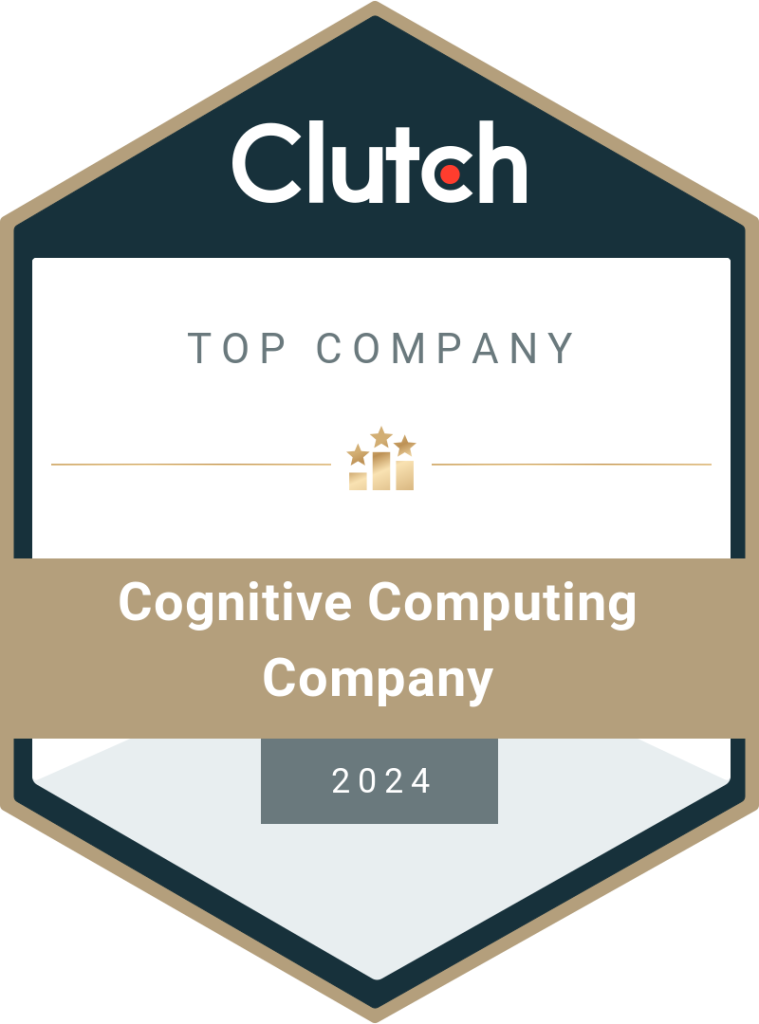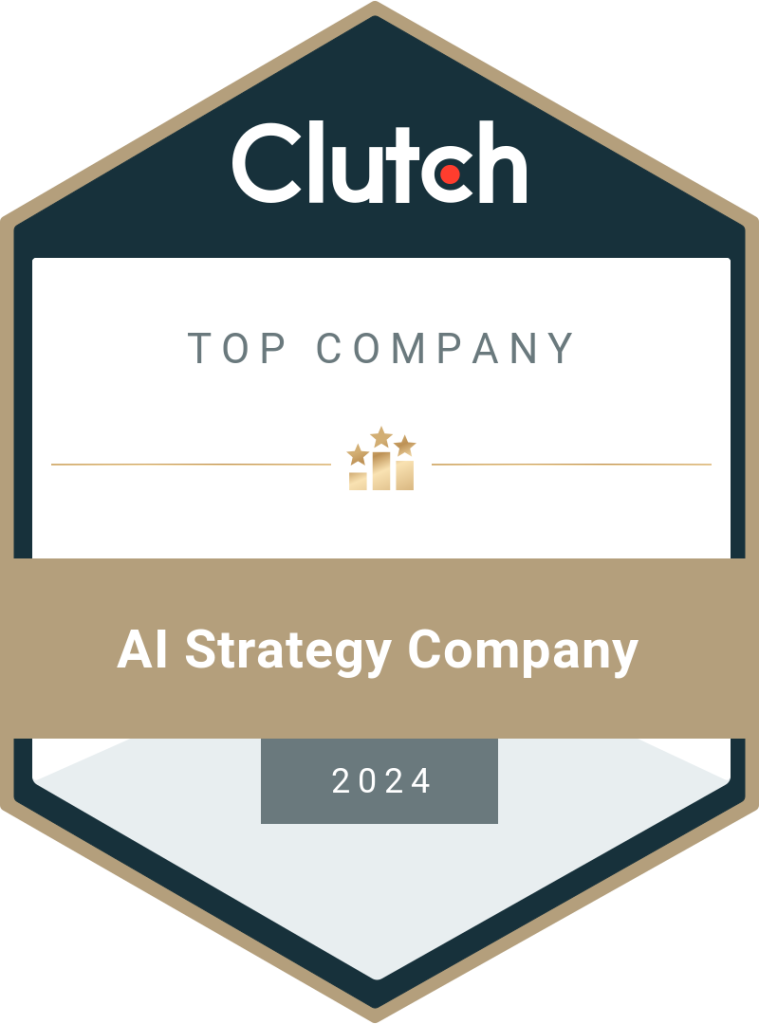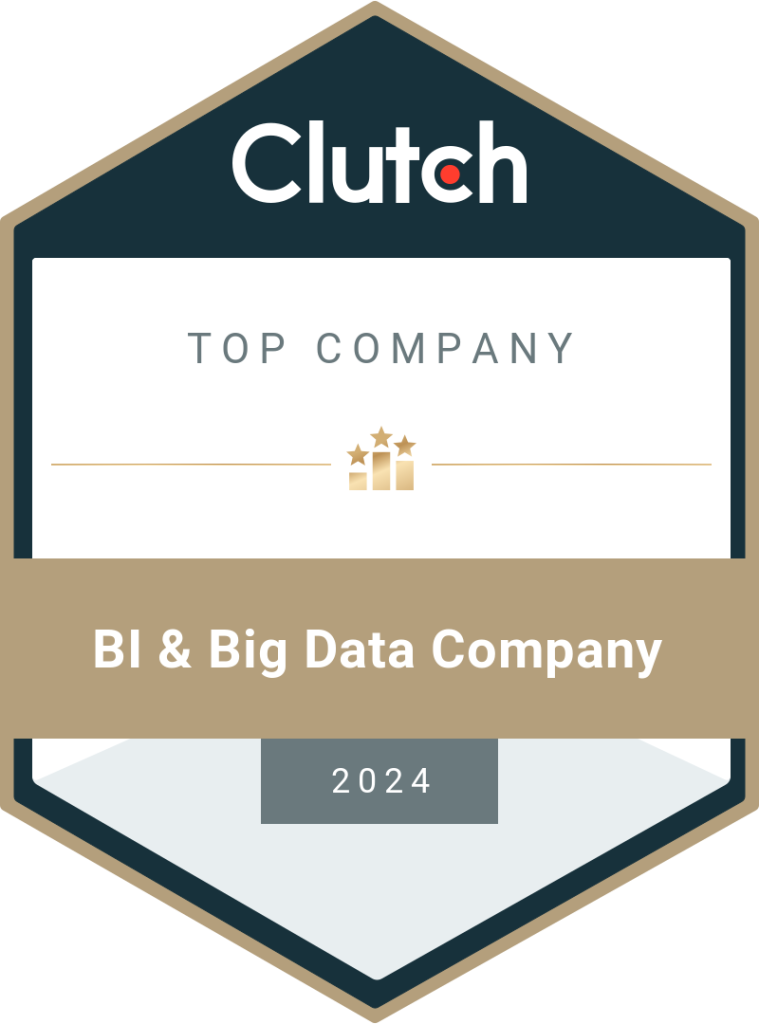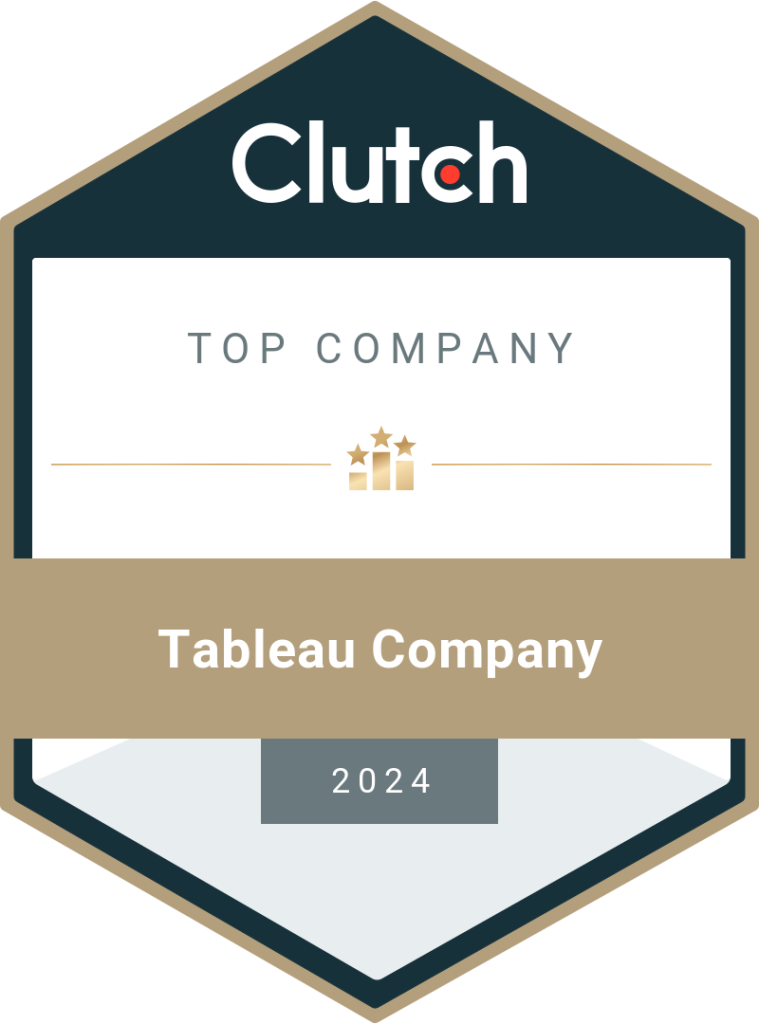How to Hire BI Consultants in Australia
Business intelligence helps organizations make the best of their data and use visualization reports for effective decision-making. Hiring the right consulting company can boost your business in several ways. Here, we’ll discuss how to hire BI consultants in Australia. Business intelligence is a suite of applications, processes, and technologies to collect, store, and analyze data to derive actionable insights for decision-making. BI helps organizations use historical and real-time data to make effective decisions quickly and gain a competitive edge in the market. Statistics show that the global BI market will touch $33.3 billion by 2025. Enterprises around the world are adopting business intelligence tools to make fact-based decisions. In fact, according to a report, 70% of organizations think that data discovery and data visualizations are crucial to detecting trends and patterns when making important business decisions. Establishments from the government, public, and private sectors in Australia are eagerly investing in data analytics and business intelligence to increase profits and become industry leaders. However, many aspects should be considered when hiring BI experts to work with your business. In this blog, we’ll read more about what business intelligence consultants do and how to hire the best BI consulting company to help you achieve your goals. What Does a BI Consultant Do? The BI consultant has many responsibilities in an organization. They help streamline internal processes to increase efficiency and optimize the use of resources. BI experts also help understand customer behavior, market trends, competitors’ moves, etc., for a business to make proactive decisions and stay one step ahead. A BI consultant is responsible for collecting data analytical reports, managing data storage, documenting the process, and tracking the outcomes of various analytics. Other roles include: Business intelligence consultants handle multiple tasks and systems simultaneously to ensure that real-time analytics are accessible. They use tools like Microsoft Power BI, Tableau, Qlik, etc., to set up analytics and customized dashboards for data visualizations. It’s vital to hire experienced BI consultants to ensure seamless data flow and accurate analytics in the enterprise. That’s why many businesses in Australia (and around the world) prefer to hire BI consulting companies instead of building an internal team from scratch. How to Hire BI Consultants in Australia Identify Business Needs When hiring a BI consultant for your business, you should start by identifying your organization’s needs. Do you want to adopt data analytics across all departments? Will you start small with a pilot project and scale it over time? What are your priorities? How do your existing legacy systems work? Which areas do you want to improve by using BI? The top management and C-level executives should have a clear picture of the organization’s past and present. Understand your business goals to know what to expect by adopting the data-driven model in the enterprise. Prepare a Budget Do you have the budget to make the necessary changes in your business processes? Paying BI consultants is just one aspect of the project. Consider the bigger picture. The BI specialist will recommend changes to the systems and processes. This costs money and can go out of control if you don’t have a definite budget and funds allocated to it. This point is crucial for SMBs and emerging businesses with limited finances. Discuss your budget with the BI consultant. Select the processes you want to revamp using BI. Customer service, sales, and marketing are the three most common areas where businesses adopt analytics. Freelancer Vs. Company Building an in-house team is very expensive and can easily multiply your costs. However, you can choose between a freelance Power BI consultant and a consulting company. A freelancer usually works alone and has limited resources, while a company has a team of experts and uses its resources to help your business. Furthermore, partnering with a full-fledged BI company allows you to hand over the entire responsibility to them and focus on your core business. They offer end-to-end solutions and long-term maintenance services to upgrade the systems whenever necessary. Since the company will be familiar with your systems, it becomes easier to detect errors, minimize risks, and increase ROI over time. Research and Shortlist Consulting Companies Before partnering with a BI consulting company, make sure to read more about the leading service providers and create a shortlist of the ones that suit your business. For example, a small business may not be able to afford the prices of a multinational BI company. In such instances, SMBs can research service providers who specialize in working with growing businesses. Furthermore, your industry and market are also important. Does the consulting company have experience in the niche and understand the local and national market conditions? One-to-One Meetings Once you shortlist the BI companies, schedule a meeting with their experts. The meetings can be in-person or virtual but make sure you talk face-to-face to determine which company is the best fit. You can have more than one meeting before making the final decision. Be sure that the BI consultants can understand your business from your viewpoint and offer a fresh perspective. Your thoughts and goals for the business have to be aligned to eliminate future complications. Finalize the service provider only after careful consideration. Choose the Right BI Tool The market has many BI tools with extensive features. Many of these can be used as desktop versions, cloud services (SaaS), and mobile apps. However, its the time to select the one that suits your business processes. For example, Microsoft Power BI is a popular business intelligence tool used by several enterprises, financial institutions, manufacturing companies, healthcare centers, etc. That way, you can hire a Power BI developer when finalizing the consulting company. The specialist will set up Power BI and integrate it with other software in your business. They will create and customize dashboards based on your requirements. Reasons to Hire Power BI Consultants Another Perspective of the Business When you hire outside consultants, they bring a fresh perspective to look at your business and find effective solutions. Furthermore, an experienced consultant will have better domain knowledge and a good grasp of industry
Read More
